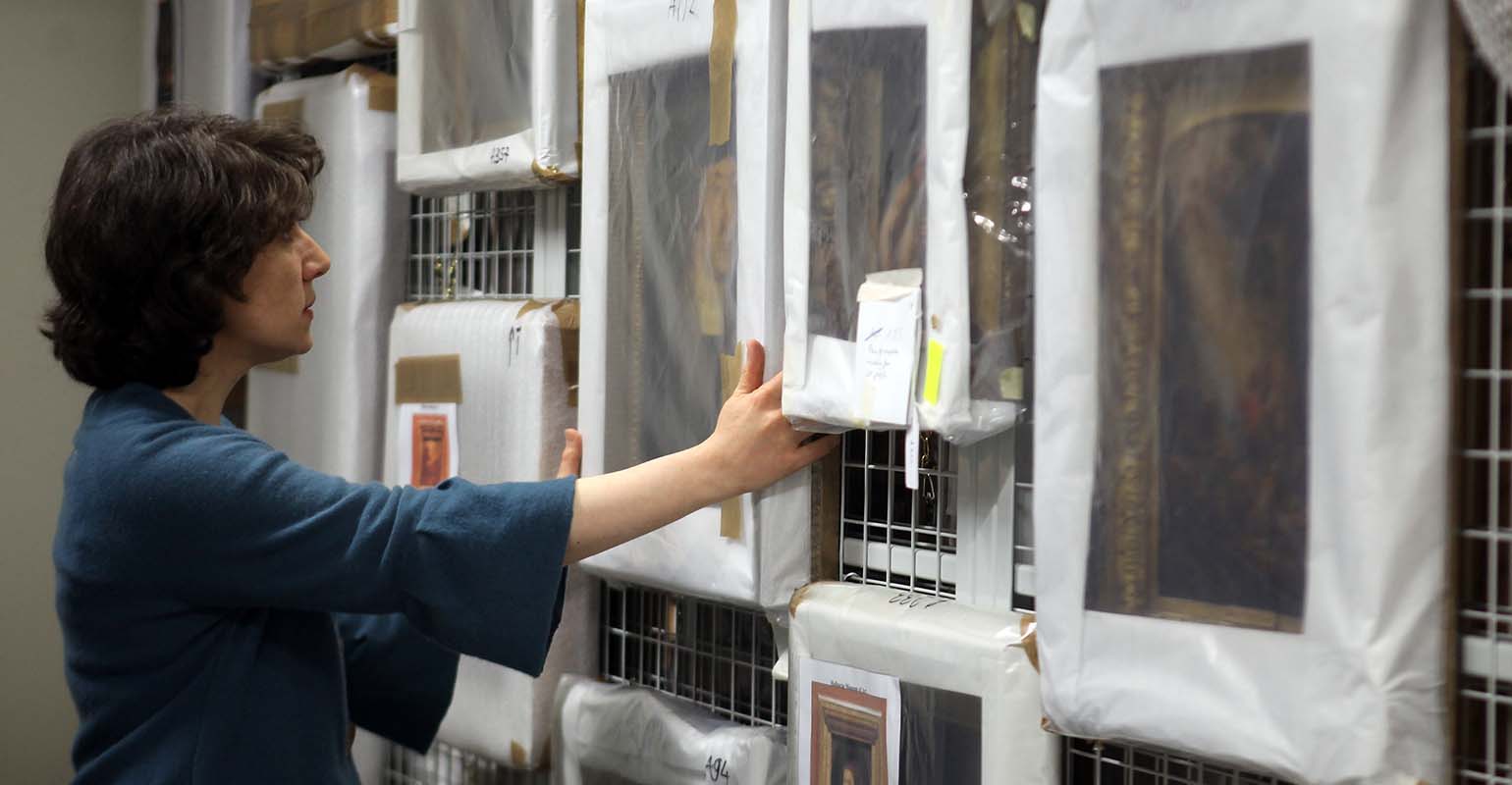Buying artwork is a very personal decision. Managing your artwork, knowing what you own, where you purchased it and how much you paid, requires putting pen to paper and following these basic steps.
What Do You Own?
An inventory (other than the one you keep in your head) is key not only for property insurance coverage, but also for minimizing the estate and income taxes. The inventory can be on index cards or recorded digitally so long as each description is sufficiently detailed, including:
- Who the creator, artists or authors (including joint authors and collaborations and contact information) are;
- Dates of both creation and acquisition;
- Contracts associated with any works, such as licenses, assignments, etc.;
- Where the art is kept;
- Galleries or dealer names along with their contact information; and, any paperwork that refers to the artwork, such as catalogs, bills of sale and so forth.
Include in the inventory any reference to contractual relationships that might exist, including:
- Consignment agreements,
- Copyrights,
- Loans or distributions; and
- Reproduction rights.
Simplify
You most likely have a large number of items other than artwork, such as coins, gemstones, jewelry, furniture, or other decorative collectables, and the associated masses of documents, catalogs, notes, letters, bills of sale and paperwork. You may know what is of value and what is not, but your heirs may not. Without this knowledge, it makes it easier for someone in the know to take advantage of your heirs and offer a fraction of the real value of the items. By aggregating the artwork and other items together, you can simplify things considerably. Here are some ways you can aggregate your collection:
Recognition. Aggregate in terms of what has the more stable pricing (such as paintings by old masters) and what has more volatile pricing (such as your beanie baby collection).
Legal Title. Legal title (also called provenance) of artwork and collectibles is critical for your heirs to understand either to keep the artwork, or get a fair market value for the artwork when it is sold.
Liquidity. The ease with which your heirs can sell an item also factors into aggregation. Rare, or unique items (paintings done by an elephant e.g. ) by themselves may be valuable but not as liquid.
Premium. Premium items are just that. Flag these as such, so they receive specialized treatment in the management, preservation, transfer, or sale.
Manage
You know the art market, but do your family or your advisors know? Ask the following questions:
- What is your buy-sell discipline for art? Your heirs need the same sort of discipline in managing the ownership of artwork and other investments in tangible property namely, when to hold assets until the value recovers; when to sell assets to cut their losses; and, when to sell some or all of a type of artwork before the market declines.
- Does your personal representative readily know how to maintain and ultimately dispose of any artwork in your estate? In some circumstances a cultural executor such as a private curator or expert in the field may be better equipped than family members to manage the disposition of artwork.
- Do you have insurance policies that cover the risk of loss of Art? Multiple types of insurance can assist with this. Life insurance provides liquidity, Property and Casualty Insurance covers losses; Title Insurance on items of any significant value manages transaction risk and eliminates liability for suspect or looted artwork.
Whether you are a new collector, a buyer of art for decoration, or someone who has inherited art, having an inventory, categorizing and managing your art will help to minimize taxes and prevent your beneficiaries from being taken advantage of.


